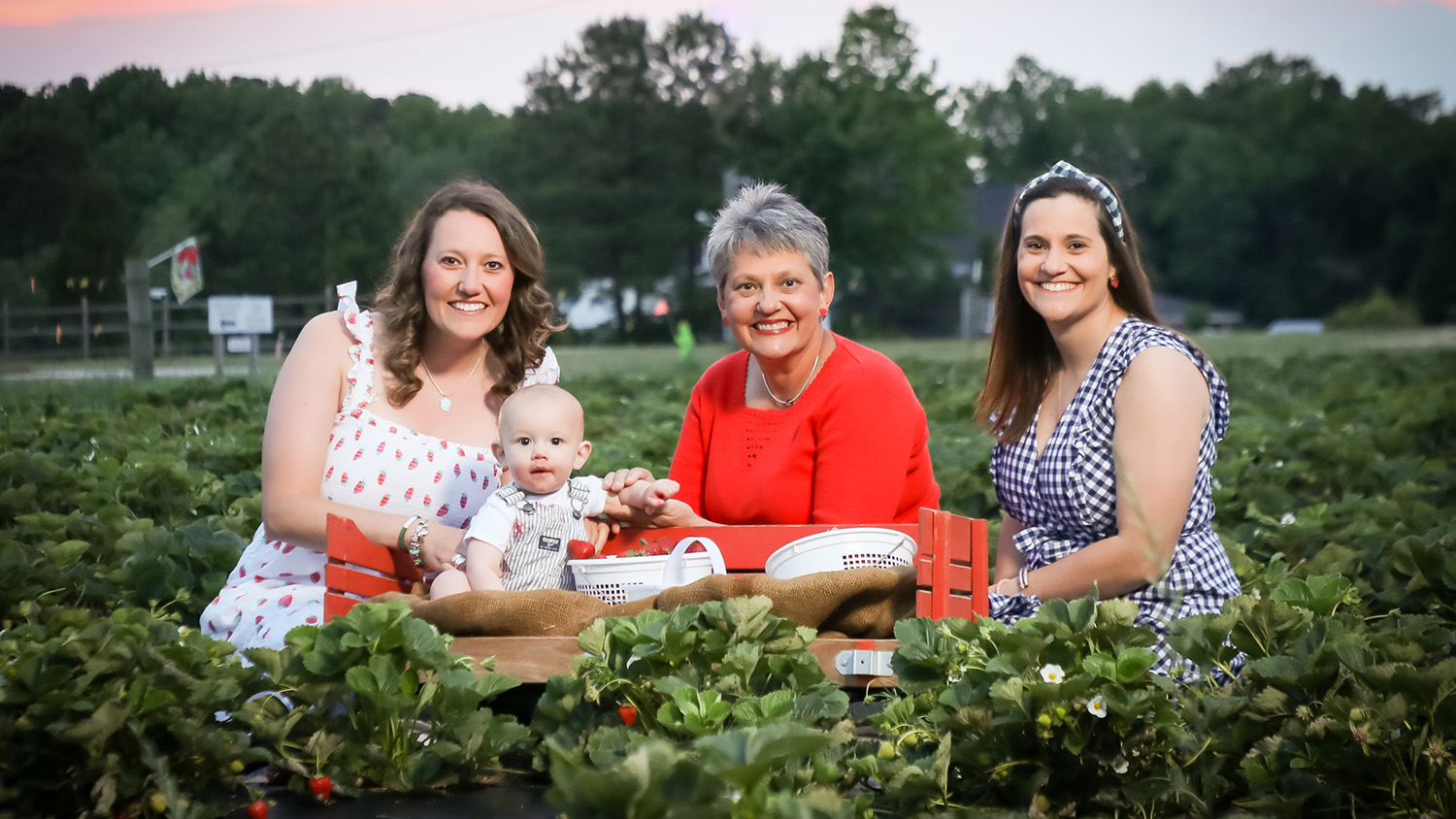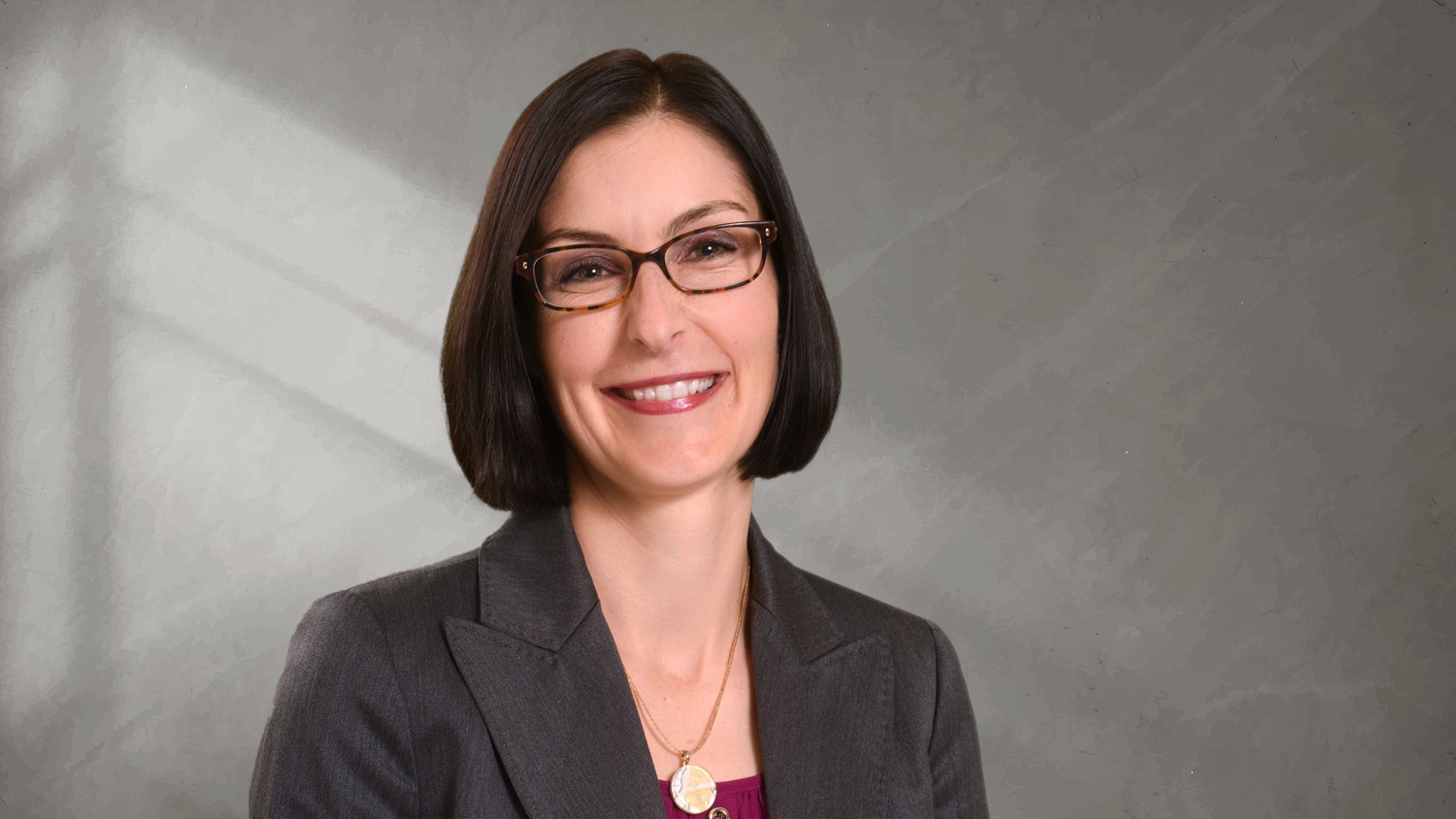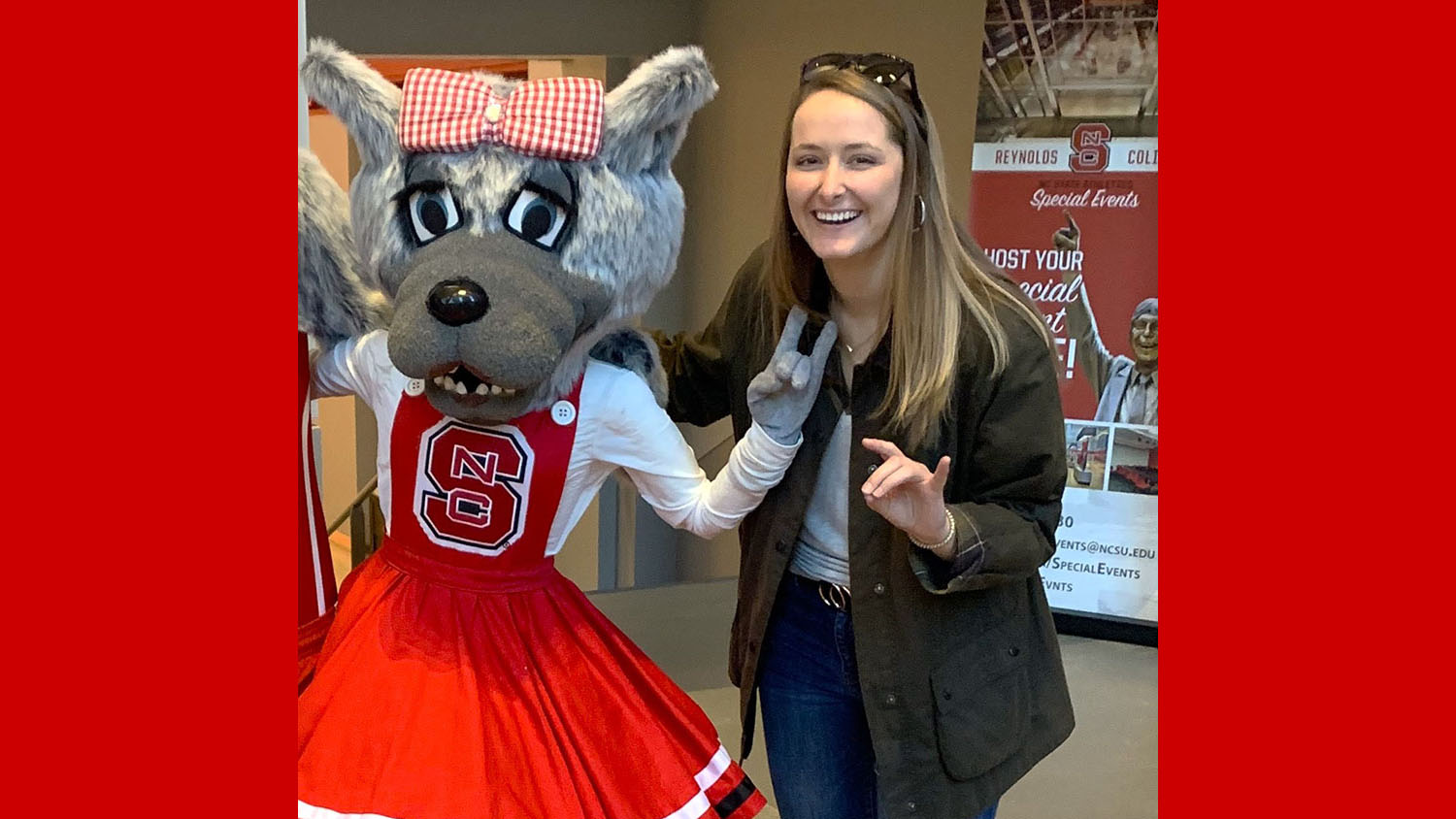A Behind-the-Scenes Look at Berry Breeding
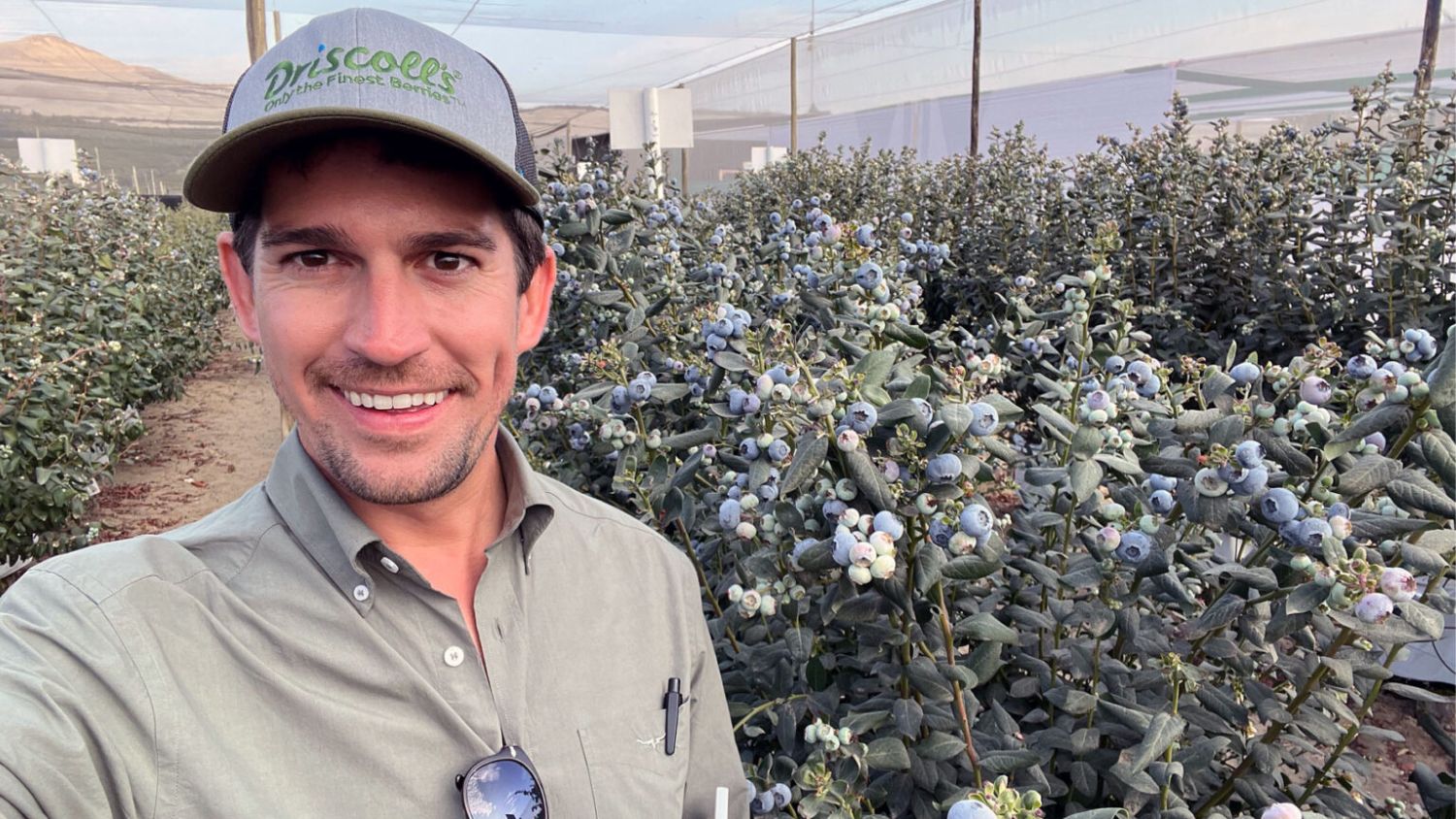
Ray Jacobs’ trip down the supermarket produce aisle looks a little different from the average customer’s.
He scrutinizes the blueberry and strawberry varieties on the shelf. He might note strawberries from California and blueberries from Peru, including a particular blueberry variety that’s popular among Peruvian growers.
And, he understands what it took to get them from the fields to the store — the work to ensure the perfect blend of sweetness and acidity in each berry and the efforts to guarantee each pack stays as fresh as possible.
Jacobs is a subtropical plant breeder at Driscoll’s. The company, which has roots dating back to the mid-1800s, is a major berry supplier with growers around the world.
Jacobs joined Driscoll’s after completing his Ph.D. at North Carolina State University in 2015. He studied plant breeding and genetics in the College of Agriculture and Life Sciences’ (CALS) Department of Horticultural Science Splitting his time between NC State’s Raleigh campus and the Plants for Human Health Institute at the North Carolina Research Campus in Kannapolis, he learned from two top plant breeders: Jeremy Pattison, a former NC State strawberry breeder now working for Driscoll’s, and Craig Yencho, William Neal Reynolds Distinguished Professor with CALS.

Jacobs and Pattison had collaborated with researchers from Driscoll’s on a project, which led Jacobs to hear about the opening for his current job. Having an inside peek at Driscoll’s work culture helped confirm his interest.
“They were energized and passionate about their work,” Jacobs says.
He manages Driscoll’s strawberry and blueberry breeding programs to develop new varieties for Florida and subtropical regions around the world, traveling frequently to California. Every other year he visits berry-growing regions in places such as Peru, Morocco, Australia and Mexico.
Jacobs has been interested in berries for as long as he can remember. Growing up in coastal South Carolina on a big farm, he made childhood attempts to crossbreed his mom’s daylilies.
“I ended up with a couple of attractive, interesting daylilies, but also a lot of terrible ones as well,” he recalls with a laugh.
It was a hobby until he realized jobs existed in plant breeding. Jacobs earned a bachelor’s degree in plant biology with a focus on breeding and genetics from Cornell University before his doctoral studies at NC State.
Eight years into his role at Driscoll’s, Jacobs says the mentorship and training he received at NC State are essential to his success.
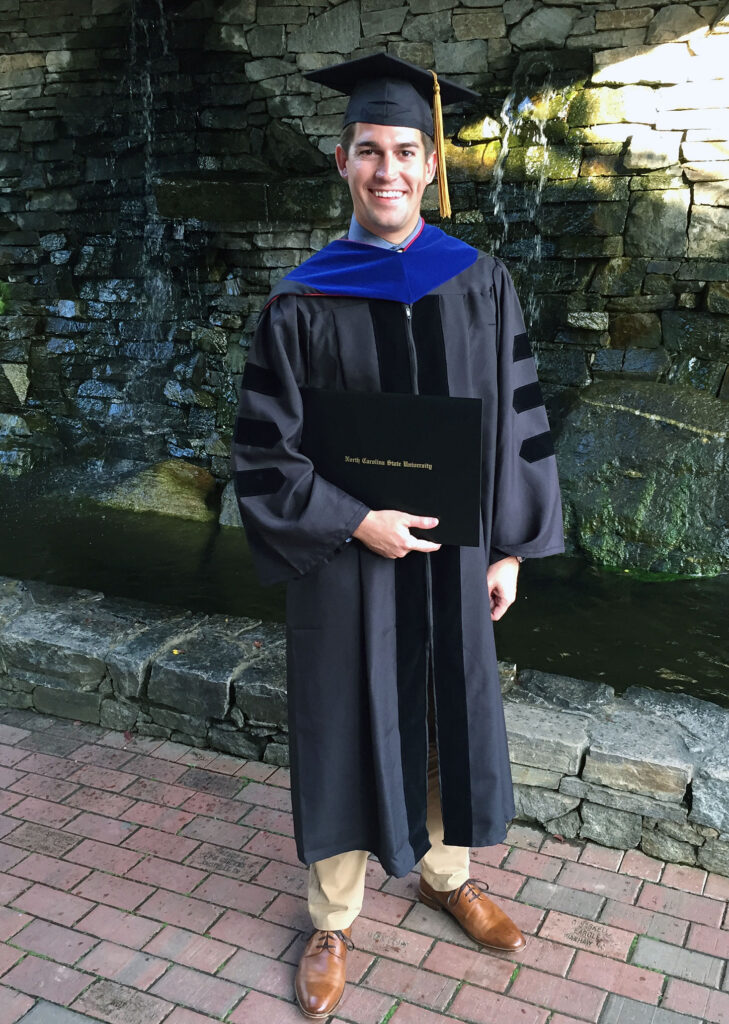
His job requires passion and patience. Strawberry breeding takes about six years from the first look at seedlings to the time a commercial variety is released. The timeline for blueberries is even longer — up to a decade — because blueberry plants are woody perennials that can take 18 months to grow enough for evaluation, Jacobs says.
He finds the work fascinating.
“Every year, we’re looking at new strawberry varieties in our test plots,” he says. “That’s part of the excitement — even though we’re working on long time scales, every year brings something new.”
Jacobs also works with the growers, another rewarding part of his job.
“To advise them — whether it’s a challenge they’re having in an existing variety, or helping them adapt to a new variety that they’re learning to grow — I really take our grower feedback to heart,” he says.
The job becomes challenging when a new disease pops up and resistant berries are needed.
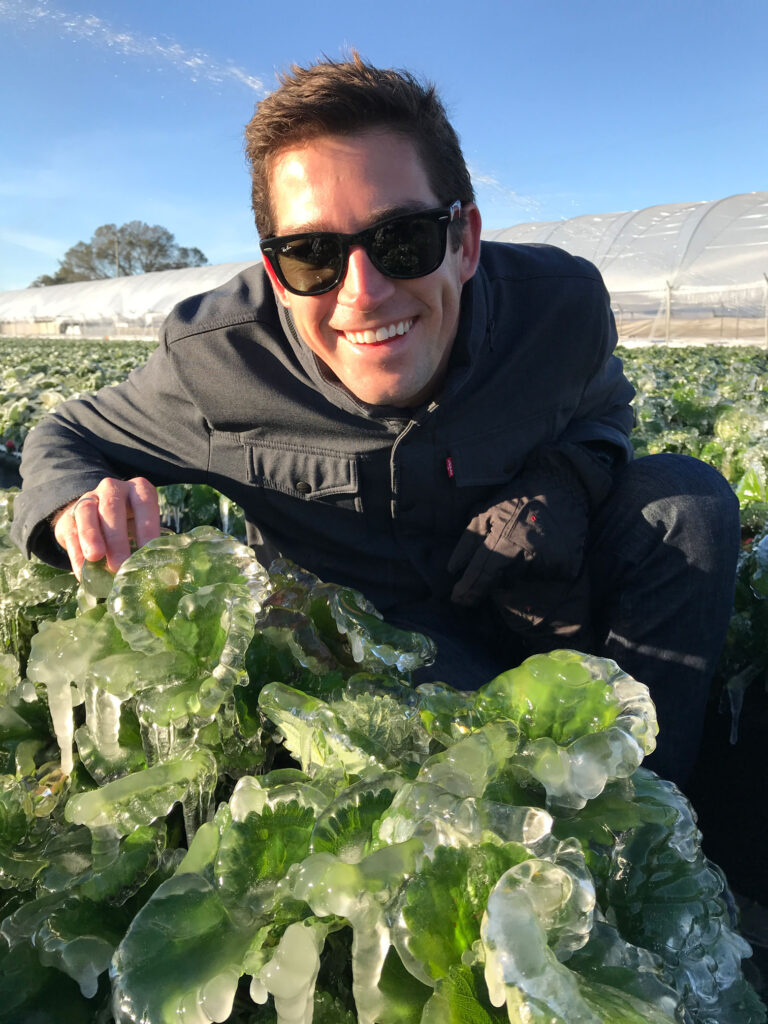
“If we start working on it now, we’re looking at several years before we can release a new variety,” he says.
Spending time with the plants is a top priority. During peak breeding season, Jacobs might walk a block of seedlings, selecting the 1 percent to advance in the breeding program. Or he may evaluate varieties already in the program, resolving any final questions before commercialization.
And yes, he tastes lots and lots of berries.
“I can’t complain about that,” he says. “I still love strawberries and blueberries.”
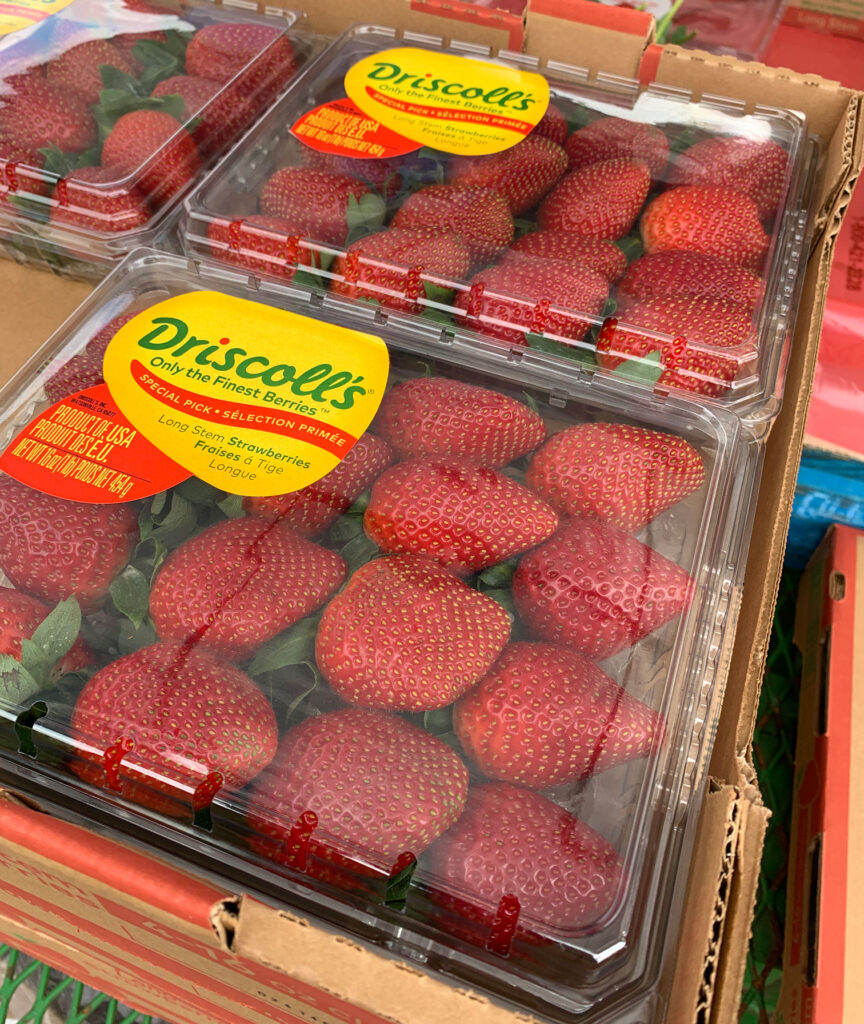
Taste is about a balance between sweetness and acidity in the fruit. Other factors such as aromas come into play as well. And, it’s not just the opinion of Jacobs’ team that matters — they collect unbiased feedback in blind tastings within the community.
“At the end of the day, our biggest goal is to delight consumers,” Jacobs says.
He’ll see you in the produce aisle.
- Categories:
